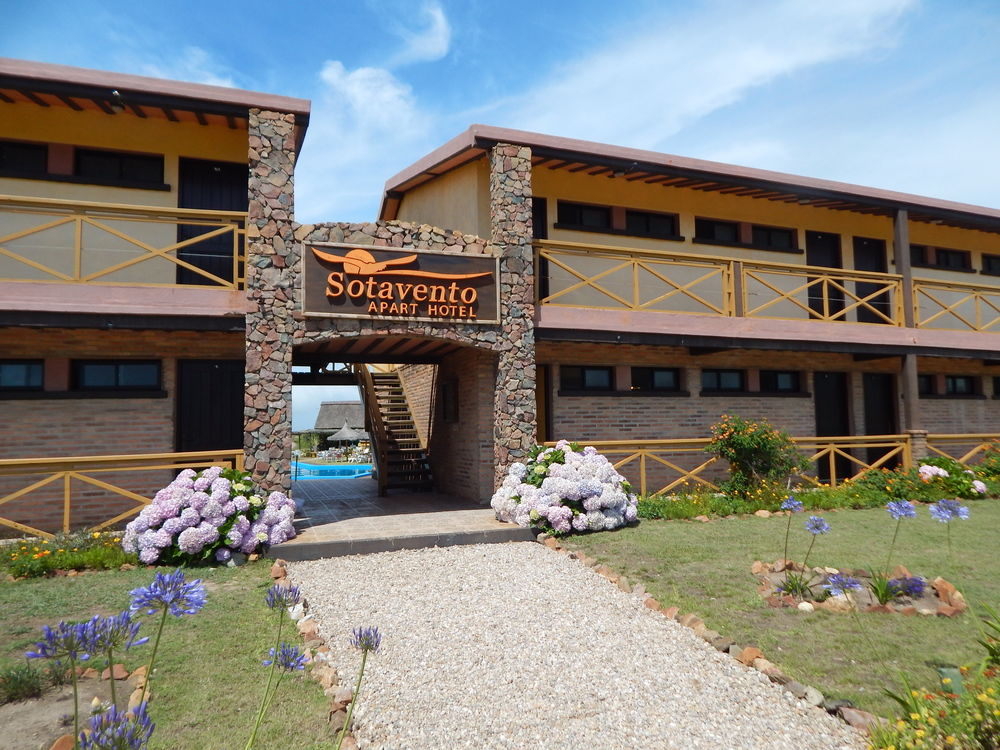
Find hotels in La Paloma
Lowest prices detected by AI for hotels
Best
Cheapest
Star Ratings
AI Recommended
Best Hotels In La Paloma
Cheapest Hotel Deals in La Paloma
Top Rated Hotels
5 Star Hotels in La Paloma
4 Star Hotels in La Paloma
3 Star Hotels in La Paloma
AI-recommended Destinations
Where to stay in La Paloma
More About La Paloma
"La Paloma", known in English as No More, is a popular Spanish song that has been produced and reinterpreted in diverse cultures, settings, arrangements, and recordings over the last 140 years. The song was composed and written by the Spanish composer from the Basque region Sebastián Iradier (later Yradier) in the 1850s. In 1859 it was registered at the copyright office in Madrid as a "Cancion Americana con acompañamiento de Piano". Iradier was to die in obscurity within few years, never to learn how popular his song would become.
"La Paloma" belongs to a genre of songs called Habaneras, a musical style developed in 19th-century Spain that is still today very much present in the form of folk songs and formal compositions, particularly in the Northern Basque Region and East Coast (Catalonia and Valencia) regions of the country. Like all Habaneras, its characteristic and distinct rhythm reflects the fusion of the local Cuban songs that the Spanish sailors of the time brought back with them from their travels to the island, with the rhythm structure of the flamenco “tanguillo gaditano” (original from Cádiz, Andalusia). Very quickly "La Paloma" became popular outside of Spain, particularly in Mexico, and soon spread around the world. In many places, including Afghanistan, Hawaii, the Philippines, Germany, Romania, Zanzibar, and Goa it gained the status of a quasi-folk song. Over the years the popularity of "La Paloma" has surged and receded periodically, but never subsided. It may be considered one of the first universal popular hits and has appealed to artists of diverse musical backgrounds. There are more than one thousand versions of this song, and that together with "Yesterday" by the Beatles, is one of the most-recorded songs in the history of music. It is certainly the most-recorded Spanish song.
 Time UTC-03
Time UTC-03 Currency UYU
Currency UYU Languages Spanish, Portunol, Brazilero
Languages Spanish, Portunol, BrazileroWhat’s Special about Staypia?
Compare hotel prices in real-time
AI finds you the lowest price for hotels in La Paloma.
Lowest price for 3.16M hotels worldwide
Book with up to 31% extra discounts only for Staypia members.
Travel bucket list for La Paloma
Plan your trip with over 17K 'must see' recommendations for La Paloma
Frequently Asked Questions
The best hotels in La Paloma are UY Proa Sur Hotel, Hotel La Casona La Paloma, Zen Boutique Apart Hotel.
The best 5 star hotels in La Paloma are Refugio Familiar. Search for the most highly rated hotels in La Paloma
The most highly rated hotels in La Paloma are UY Proa Sur Hotel, Zen Boutique Apart Hotel, Sotavento Apart Hotel.
Generally, room reservations are subject to a free refund until the cancellation deadline. Fees may apply after the cancellation deadline, so please check the cancellation deadline on your hotel voucher or in Menu > My Reservation.
If you’re a frequent traveler, Staypia is the best place to get the best hotel deals. You can book hotels with the lowest price of 3.16 million hotels collected by AI, and receive additional discounts for members only.










